Into The Wilderness
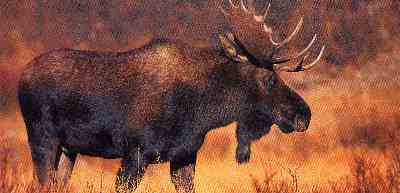
| Route 66 | Cities | Beaches |
|
Into The Wilderness |
 |
| Once you've sharpened your skills with day trips and overnights on Burntside Lake, you're ready to enter the Wilderness. The Boundary Waters is divided into huge sectors. The sector we focus on is referred to as Echo South. We like this sector because it allows various loop trips, is less used so permits can be obtained, offers easy portage , has connecting rivers which are easy to paddle, and features narrow, north-south lakes which avoid the treacherous winds that whip east-west lakes elsewhere into noncanoeable whitecaps. There are numerous entry points to the Echo South Sector, but we recommend two : Slim Lake and Crab Lake. Regardless of which one you choose, you will need a Forest Service issued permit. You can pick yours up the day before your trip, but you must make the reservation months in advance. | 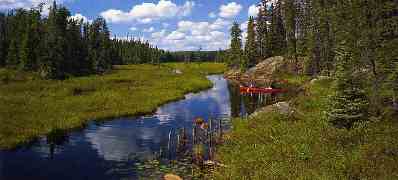 |
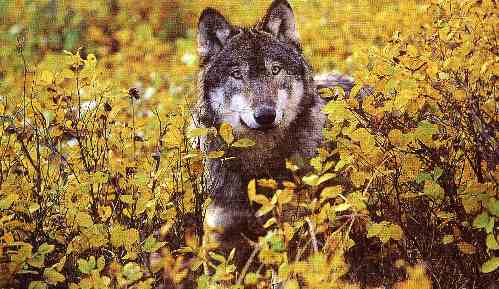 |
The Boundary Waters is a network of lakes linked by small quiet rivers. Supplementing the rivers is a cobweb of portages, trails for carrying a canoe from one lake to another. Portages are measured in "rods." A "rod" was historically one canoe length, but today is standardized at 16 feet. Portage distances are posted in red numbers on specialized topo maps you need for the Boundary Waters called McKenzie Maps, available through Pirogis Outfitters in Ely. They also show water depths, campsites and lodges. You need the Burntside Lake quadrant for the Slim and Crab Lake side of Echo South. If you're using a cabin as base camp as we recommended, your route to the Wilderness heads West, to your left as you face the lake. It will take an hour's paddling to get from Camp Van Vac over to the West Shore, and another hour to paddle up the North Arm to the Slim Lake Entry Point. |
| The 140 rod portage is well used and follows a deep valley. To unload, carry over the portage, and reload will take about an hour. Slim Lake is three miles long and the width of a football field except for one wider bulge. There are three designated canpsites. New plastic latrines are a great improvement over the old wooden ones. Slim Lake is good Walleye and Northern Pike water, so you could camp here and spend the day catching dinner. Notice how extremely deep Slim is. This could be an overnight trip all by itself. You could camp here, pack up and return the same way you came. However, you could extend your trip by going on to Rice Lake. To get there, paddle to the North end of Slim Lake and look for the portage on the West bank. The portage is 60 rods and little used. The one designated campsite is on the East bank to the right of the portage. Rice is an almost round lake 3/4 of a mile across. It's not deep or good for fishing, but great for solitude. The next portage is 130 rods, and little used. It goes to Hook Lake. | 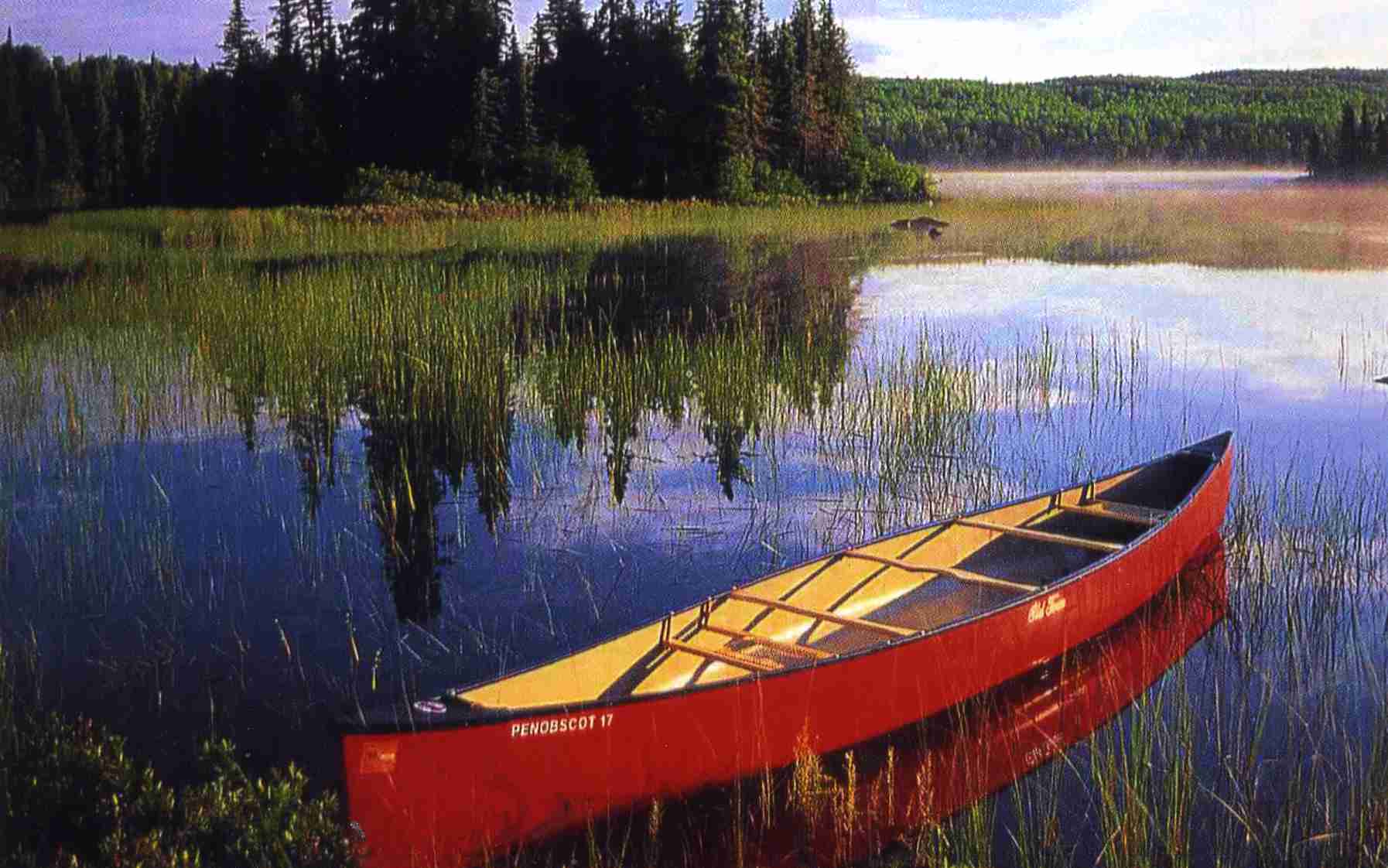 |
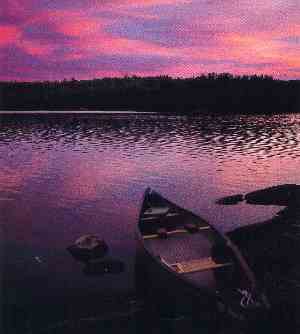 |
Hook is a very small lake with only one campsite and very few visitors. You could create a fine three day trip by camping the first night on Slim Lake, camping the second night on Hook Lake, then returning all the way to your cabin the third day. But you have still more options. Opening off the South end of Hook Lake is a 22 rod portage to Keneu Lake, another small lake with one campsite. And if you're up for a real challenge, consider the 580 rod portage over to Big Rice Lake. This is a hairy monster and one of the roughest portages in the whole Boundary Waters. You would not do this with first year trippers. Since it is so long and so remote, it almost always has downed trees. However, we kind of like where it takes us. Big Rice Lake is very large but never more than five feet deep, full of wild rice. It has only one campsite, which we rarely use. When we come this way, we fix breakfast, spend the morning fighting the portage, paddle across Big Rice Lake, stop for lunch, then take the 37 rod portage to Lapond Lake. This is a beautiful lake with a picturesque campsite, a great place to stop for the night. It should be midafternoon, time to set up camp, relax for a while, fix a leisurely dinner, enjoy the sunset, and study your McKenzie map. Next day, paddle to where the Portage River flows out of LaPond Lake. You may have a five rod portage to get down to canoeable water on the river. Then paddle the river on down to Big Lake, and follow the West Shore around to Wilderness Lodge, where you could have Pirogis or other outfitter pick you up and shuttle you and your canoes back to your cabin. This would be a four day trip. |
| Once you've done a few Slim Lake trips, Crab Lake offers even more outstanding options. Paddle through the maze of small islands on Burntside Lake to the Western Shore, the Crab Lake entry point and 320 rod portage. This is a long portage, but it's heavily used and in good shape. Crab Lake is fairly large; contains nine campsites; is full of smallmouth bass, northern pike and rock bass; is lined with a beautiful red and white pine forest; and serves as home to one of the Boundary Waters' better wolf packs (Bring a good camera with a good telephoto). You can camp on Crab Lake the first night, but we don't recommend it. You should be here in plenty of time to paddle and portage on to the neighboring lakes. | 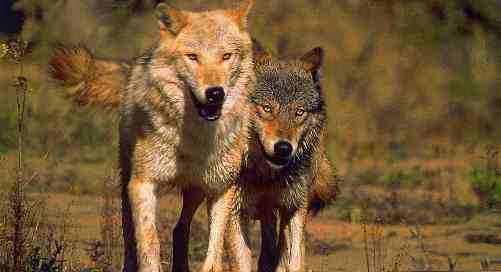 |
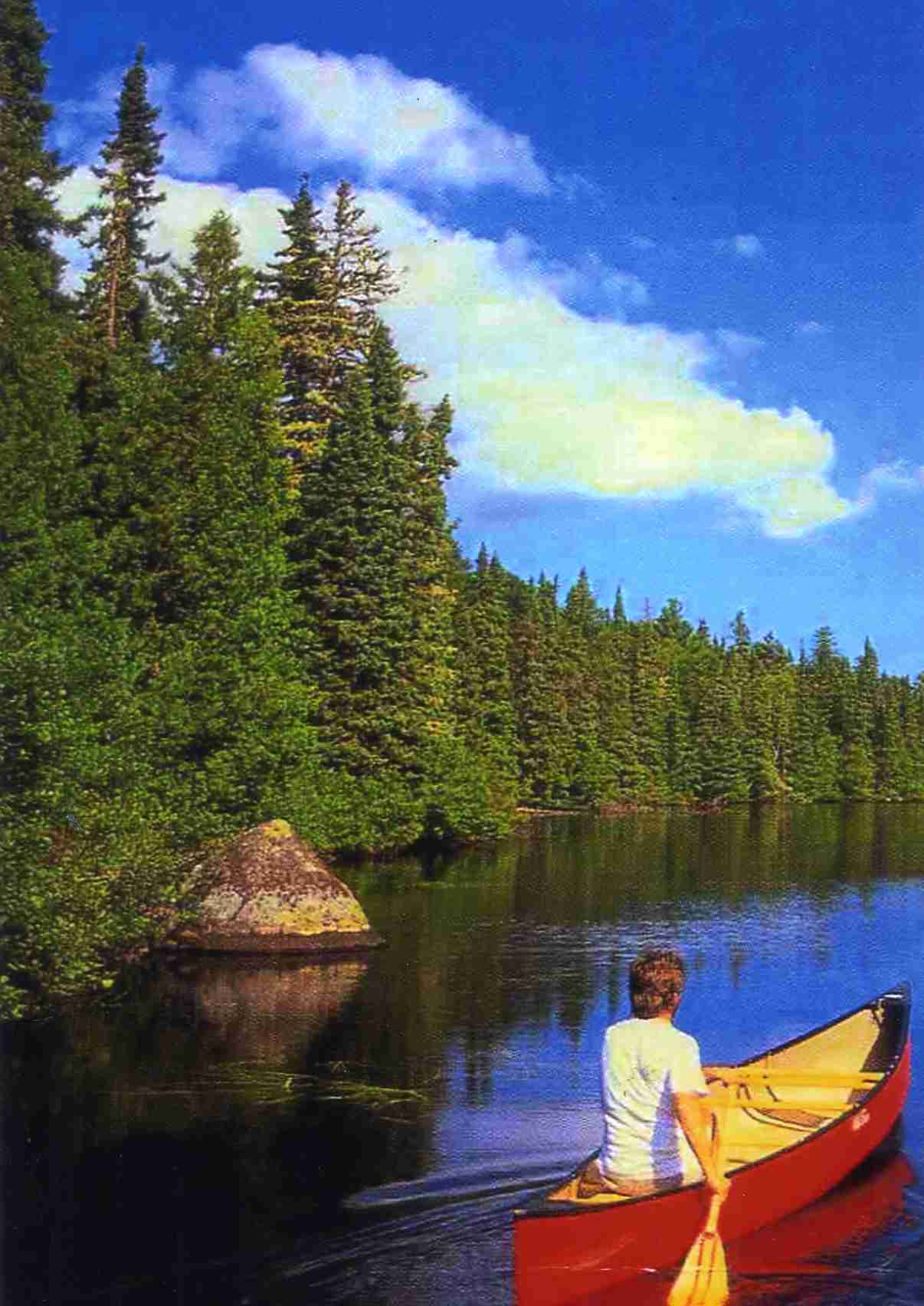 |
There are four options : l. Portage 130 rods south to Clark Lake and make a loop through Meat, Sprite, Phantom, Battle, Hassel and Saca Lakes, ending up back on Crab Lake. 2. Portage 20 rods to Little Crab Lake and explore Cummings, returning through Korb. 3. Cross Cummings and loop through Western, Glenmore and Schlamm. 4. Turn right up Korb Lake and explore Coxey and Silica. You would camp on one of these lakes one night, then camp on Crab Lake on your way back to Burntside. This is important. A Crab Lake campsite will get you back on Burntside by late morning. You therefore could paddle back to your cabin before the afternoon winds pick up. Whichever side loop out of Crab Lake you choose could take one or two nights, thus making a three night total trip. If you really want an adventure and your group includes a few veterans of previous trips, consider the Trout Lake loop. From Crab Lake go on through Cummings and Otter Lakes to Little Indian Sioux River (left). Head downriver (with one 376 rod portage) to Little Trout and Trout Lake. Head East out of Trout Lake through Chad, Buck , Western, Glenmore, Schlamm, Lunetta, Hassel and Saca Lakes back to Crab Lake. This loop would take four or five nights and pass through country full of wolves, moose, bear and loon, teeming with fish, heavily forested and rarely visited once you get past Crab Lake. Those expensive outfitters with their weeklong trips will not see territory nearly as beautiful or remote, and you can access it directly from your Burntside cabin base camp. Or you could hire a guide to take you on one of these trips, so you could let him handle the routefinding and meal preparation while you just enjoyed the trip. |
|
|||
|